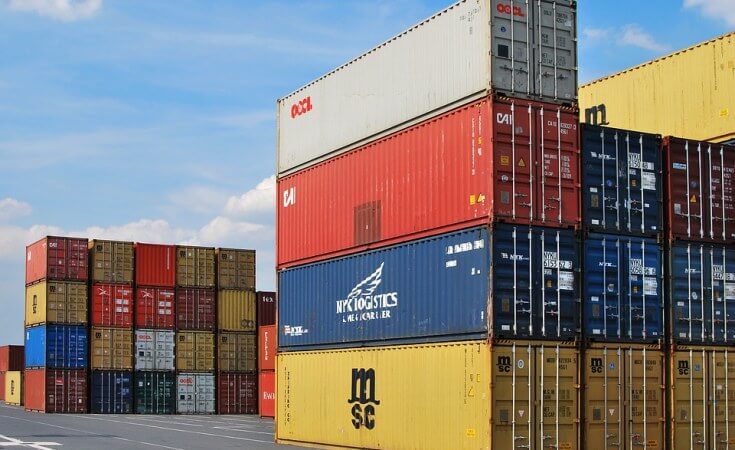
Our Projects are
Transforming African Trade
Quick Contacts
2nd Floor, Fidelity Insurance Centre Waiyaki Way, Westlands

CARGO traffic handled at the Dar es Salam port steadily increase thanks to the on-going modernisation project that is improving capacity and enhancing efficiency at the port.
The Port Director, Elihuruma Lema, told the ‘Daily News’ on Tuesday that cargo volume handled at the port increased by 16.67 per cent to 16.01 million metric tonnes in 2019/2020 financial year from 13.7 million metric tonnes in 2015/2016.
He attributed the rising throughput volume to expansion of berths from the on-going Dar es Salaam Maritime Gateway Project that is boosting cargo handling capacity and operational improvements that have enhanced efficiency at the port.
The port director said infrastructure developments in the central transport corridor which connects the Dar port by road, rail and inland waterways to Burundi, Rwanda, Uganda and Eastern part of the Democratic Republic of Congo, had also contributed to increase the port throughput.
He said improved cargo security had also contributed to increased throughput as it helped the port to maintain existing customers and win more from the East African region. “The port handling capacity is steadily increasing. There were also large-scale operational improvements that enhanced efficiency and infrastructure development in the central transport corridor,” he said.
Dar es Salaam port, the country’s largest and busiest port, is undergoing a massive expansion work under the Dar es Salaam Maritime Gateway Project which is supported by the government and a coalition of development partners including the Trade Mark East Africa (TMA), the United Kingdom Department for International Development (DFID), and the World Bank (WB).
The project involves deepening and strengthening of existing eleven berths, to 15.5 meters as well as construction of a new multi-purpose berth and enlarging the port’s entrance channel to enable the port handle post-Panamax- plus vessels, double its overall throughput capacity, reduce vessel waiting time and increase operational productivity.
It is expected that the expansion work will increase the capacity of the port to 28 million tonnes of cargo by 2025 and help the port to maintain its competitiveness as it looks to increase its share of regional trade.
At present, the port which handles about 95 percent of the Tanzania international trade is a gateway to neighbouring Zambia, Rwanda, Malawi, Burundi, Uganda, South Sudan, Malawi, and the Democratic Republic of the Congo, which account for about 35 per cent of its total throughput.
The port also serves Mozambique, Comoro. So far six berths are operational including a modern roll onroll off (ro-ro) terminal opened last year with capacity to handle 600,000 vehicles a year and store 3,000 vehicles at any one time. The remaining berths 6 and 7, were are at 96 and 70 per cent completion stages respectively by March and were expected to be completed before the end of April 2021.
The completion of expansion of the berths has allowed docking of big cargo vessels and significantly cut time for offloading and loading of cargo from seven days to one day. Dar port statistics availed to the Daily News show cargo volume handled at the port increased by 16.67 per cent to 16.01 million metric tonnes in 2019/2020 financial year from 13.7 million metric tonnes in 2015/2016.
The cargo volume had fell by 3.5 per cent from 13.7 million metric tonnes in 2015/2016 to 13.2 million metric tonnes in 2016/17 before rising by about 12 per cent in the following year to 14.8 million metric tonnes.
From 2017/2018 the volume rose by 5.6 per cent to 15.7 million metric tonnes from 14.8 million metric tonnes and increased again by 2.28 per cent to 16.01 million metric tonnes in 2019/2020 financial year from 15.7 million metric tonnes in 2018/2019.
Total throughput bound for landlocked economies in 2019/20 reached roughly 34.2 per cent slightly down from 35 per cent in the 2018/19 year, according to statistics availed to the ‘Daily News.’
Read original article
Disclaimer: The views and opinions expressed in this article are those of the authors and do not necessarily reflect the official policy or position of TradeMark Africa.